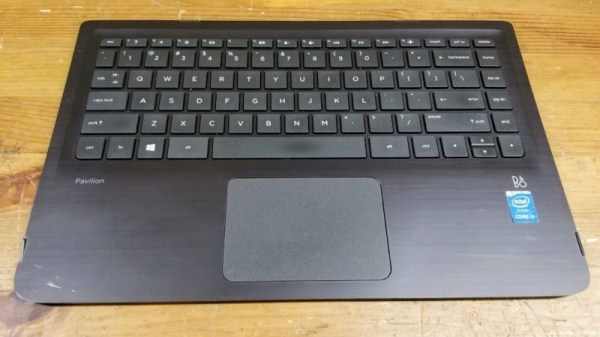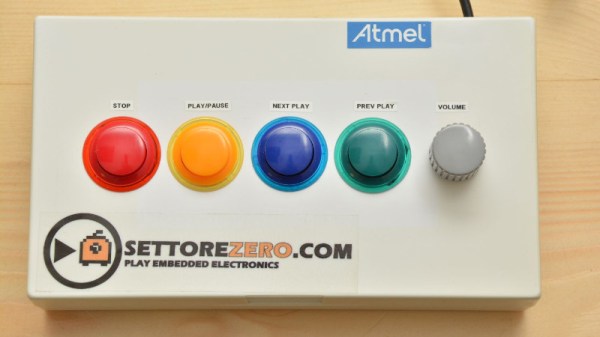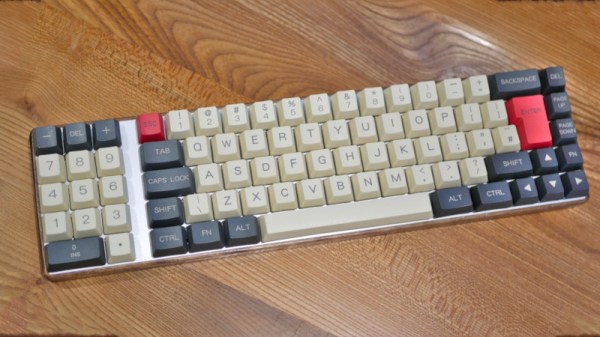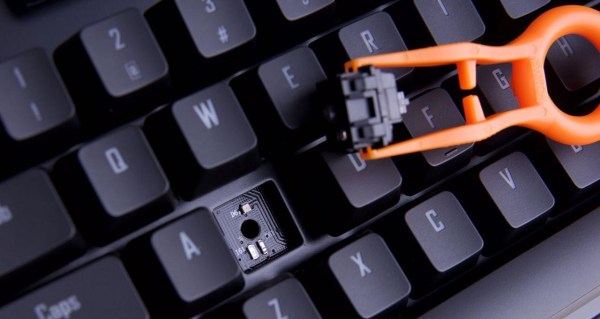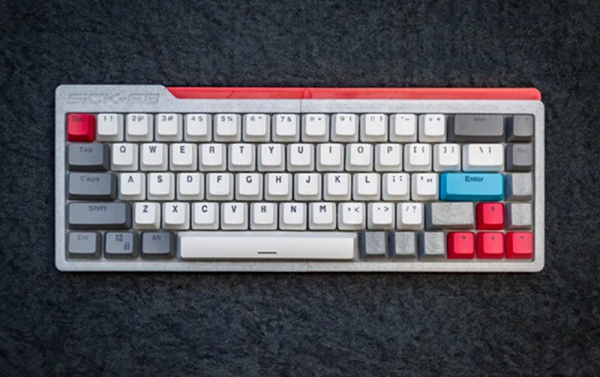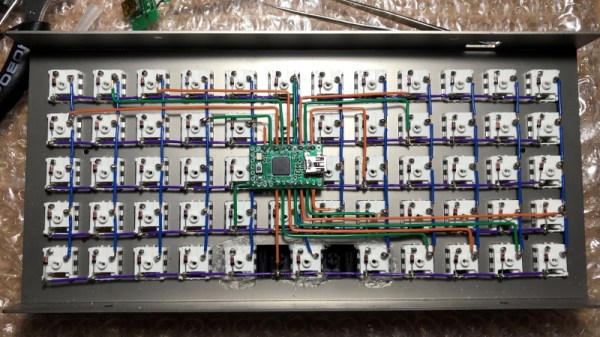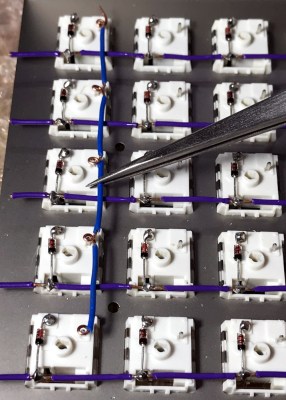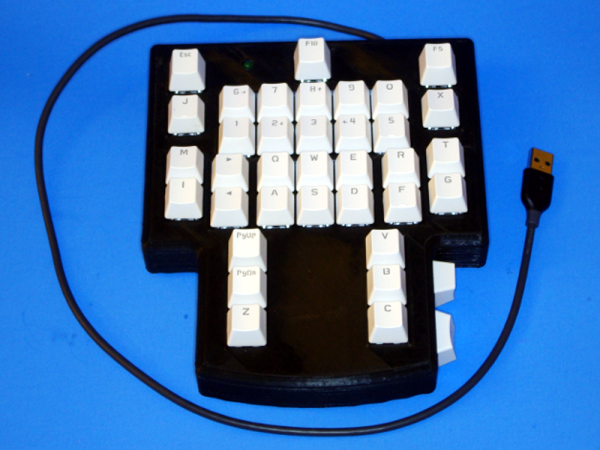Spilling a drink on a laptop is a terrifying experience. If you’re lucky you’ll ruin just a keyboard, and if not, your entire machine could go up in smoke. Assuming you’ve just suffered the latter, you can still be out of luck, as many laptops come with fancy integrated keyboards that are not designed to be removable. It’s not always the case however, as this ingenious hack from [InsideMyLaptop] bears out.
The hack begins with removing the top case assembly from a HP Pavilion laptop. The keyboard is riveted into the top plate assembly, along with the trackpad, which would normally necessitate their replacement as a total unit. However, if properly armed with a soldering iron, these plastic rivets can be melted to allow the backing plate and keyboard to be removed. A replacement part can then be sourced, and the remaining rivet stubs can be remelted to hold the new part in place.
It’s a simple hack, but one that goes to show one shouldn’t always take “No User Servicable Parts Inside” as an answer. We’ve seen other useful work from [InsideMyLaptop] before – like this power jack repair way back in 2011.

